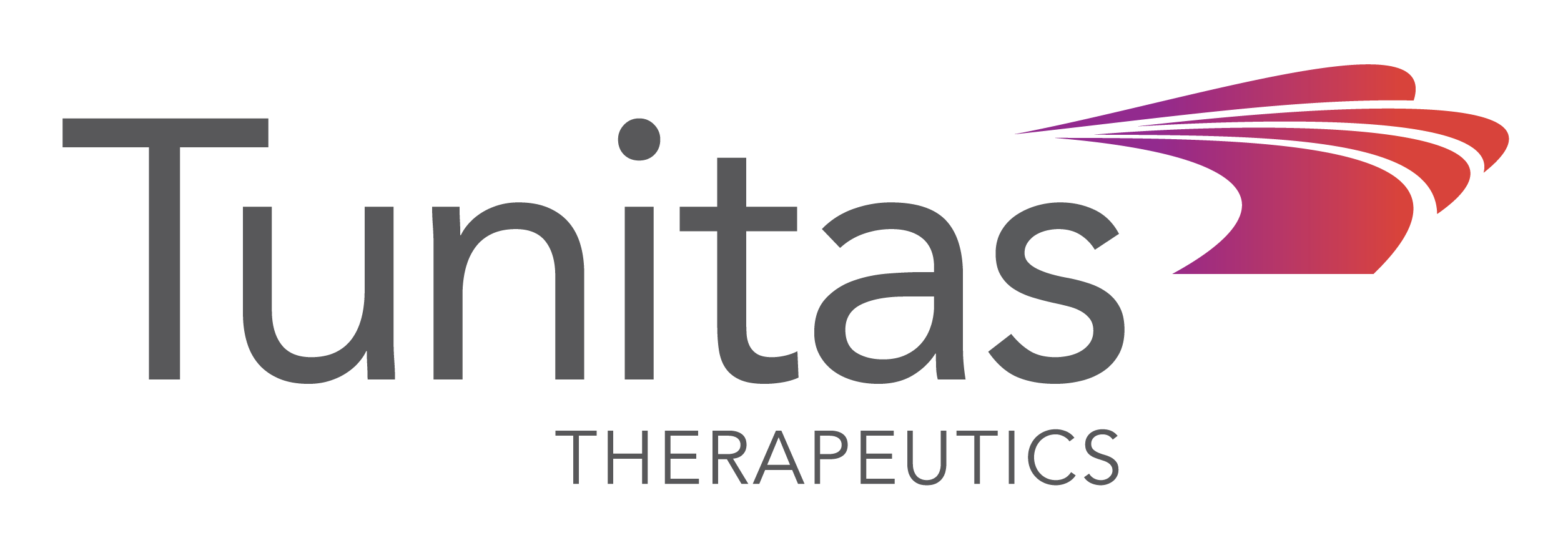How Suboxone Reduces Cravings and Withdrawal Symptoms
If you’re struggling with opioid addiction, you might wonder how Suboxone can make a difference. When you take it as prescribed, Suboxone helps ease the tough cravings and withdrawal symptoms that often lead to relapse. Unlike other substances, it works by gently occupying your brain’s opioid receptors without giving you the high. But what really sets it apart—and why does it keep you from feeling so sick or desperate for more?
What Is Suboxone and How Does It Work?
Suboxone is a medication used in the treatment of opioid addiction, combining two active ingredients: buprenorphine and naloxone.
Buprenorphine is a partial agonist, which means it partially stimulates opioid receptors in the brain.
This action helps to reduce cravings and alleviate withdrawal symptoms without producing the full euphoric effects associated with opioids.
On the other hand, naloxone is an opioid antagonist that blocks opioid receptors.
Naloxone's presence is intended to prevent misuse of Suboxone by inhibiting euphoria or overdose if the medication is used improperly.
Suboxone plays a critical role in medication-assisted treatment (MAT) for opioid addiction.
It helps manage cravings and withdrawal symptoms, and it has been shown to reduce the risk of overdose by approximately 50 percent.
The medication is administered as a sublingual film or tablet, offering a practical approach to support recovery.
Suboxone is most effective when combined with counseling and comprehensive support, forming part of a holistic treatment plan for individuals battling opioid dependency.
Opioid Drugs Treated by Suboxone
Suboxone is a medication commonly used in the treatment of opioid addiction. It's effective for a range of opioids, including heroin, fentanyl, and prescription painkillers such as OxyContin and morphine.
Suboxone works by alleviating withdrawal symptoms and reducing cravings, which can aid individuals in managing their opioid dependency. As a partial opioid agonist, Suboxone interacts with opioid receptors in the brain to mitigate withdrawal discomfort, making it a useful component in opioid addiction treatment plans.
Additionally, Suboxone can be applied to synthetic opioids and medications like codeine, offering support for various opioid addiction cases.
A suboxone clinic would use this medication as part of a comprehensive treatment strategy aimed at reducing the risks associated with opioid use disorder and assisting individuals in regaining control over their substance use.
Timing and Use of Suboxone for Withdrawal Relief
Suboxone should be initiated 12–24 hours after the last use of opioids, ideally when mild withdrawal symptoms and cravings have started to manifest.
Administering Suboxone prematurely can provoke acute withdrawal symptoms rather than alleviating them.
It's important to incorporate Suboxone into a personalized treatment plan for opioid use disorder, under the guidance of healthcare professionals in either inpatient or outpatient environments.
Proper timing of Suboxone administration helps alleviate withdrawal symptoms such as pain, nausea, and sleep disturbances.
Continuous monitoring is essential to ensure appropriate dosing and to reduce the risk of misuse.
Medications used in the treatment of opioid use disorder, including Suboxone, necessitate medical supervision to mitigate side effects and enhance therapeutic outcomes.
Common and Severe Side Effects to Watch For
Suboxone, when used correctly, can help alleviate cravings and withdrawal symptoms associated with opioid use disorder (OUD).
However, it's important to be aware of the potential side effects during treatment.
Common side effects of using sublingual film or tablets for OUD include mouth irritation, redness, numbness, headache, nausea, sweating, and insomnia.
These effects are typical of FDA-approved medications for addiction treatment.
Severe side effects, such as extreme drowsiness, difficulty breathing, or unresponsiveness, necessitate immediate medical attention.
It's crucial to avoid combining Suboxone with other substances, as this can increase the risk of adverse reactions.
While the "ceiling effect" of Suboxone provides some level of protection against overdose, individuals with OUD should thoroughly discuss potential side effects with their mental health provider to ensure safe and effective treatment.
Comparing Suboxone’s Effectiveness With Other Treatments
Suboxone is one of several treatment options available for opioid use disorder, known for its effectiveness in reducing cravings and supporting sustained recovery.
As a partial opioid agonist, Suboxone functions differently from full agonists such as methadone.
While methadone may be more effective in controlling cravings for some individuals, Suboxone still provides significant benefits, particularly at higher doses.
In comparison to a placebo, Suboxone has been shown to lower opioid cravings and reduce illicit opioid use.
While extended-release naltrexone may sometimes surpass Suboxone in controlling cravings, both medications are effective components of treatment programs.
Suboxone's established role in managing prescription opioid use disorder contributes to recovery efforts and enhances patient retention in opioid treatment programs.
Accessing Suboxone and Supportive Resources
Accessing Suboxone and supportive resources is an essential step for individuals aiming to address opioid use disorder (OUD). Suboxone, which is administered as a sublingual medication, has been shown to be effective when combined with therapy and aftercare programs in treating opioid addiction. In the United States, treatment facilities such as the Oxford Treatment Center and Midwest Detox Center offer programs that assist individuals in beginning their recovery journey. These facilities play a crucial role in addressing substance abuse within the context of the ongoing opioid epidemic.
Despite the availability of these resources, the healthcare system continues to face challenges in providing adequate support to all individuals with OUD. Currently, only about 20% of patients with OUD receive the necessary help.
However, ongoing advocacy efforts are working towards expanding access to necessary treatments and resources across the nation. This is a critical component in the broader strategy to mitigate the impact of the opioid crisis
Conclusion
When you use Suboxone as prescribed, you give yourself a better chance at recovery by easing cravings and withdrawal symptoms. Its unique combination of buprenorphine and naloxone helps you manage physical discomfort and lowers your risk of relapse. Compared to other treatments, Suboxone offers a balanced approach that improves stability and safety. If you're struggling with opioid dependence, talk to your healthcare provider about whether Suboxone and supportive resources could help you reclaim control over your life.
